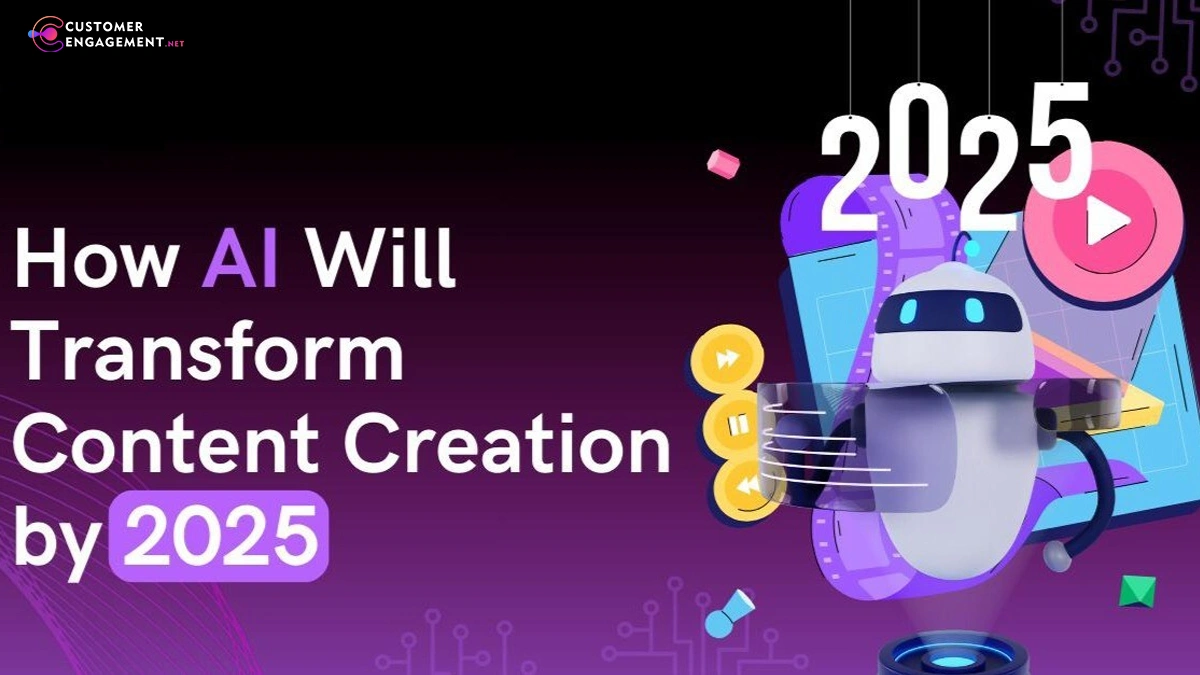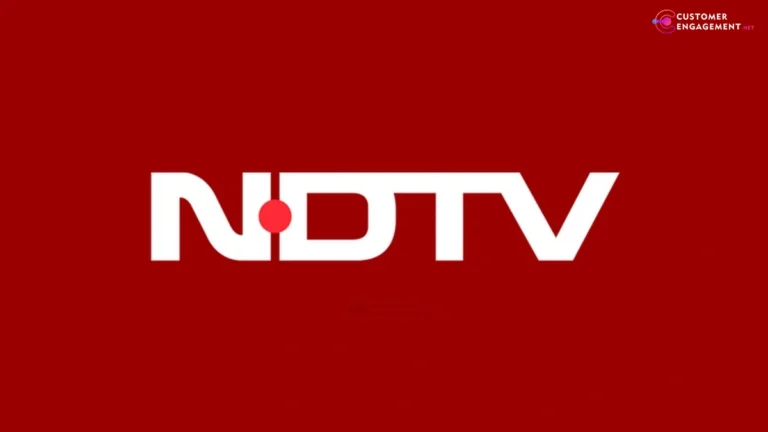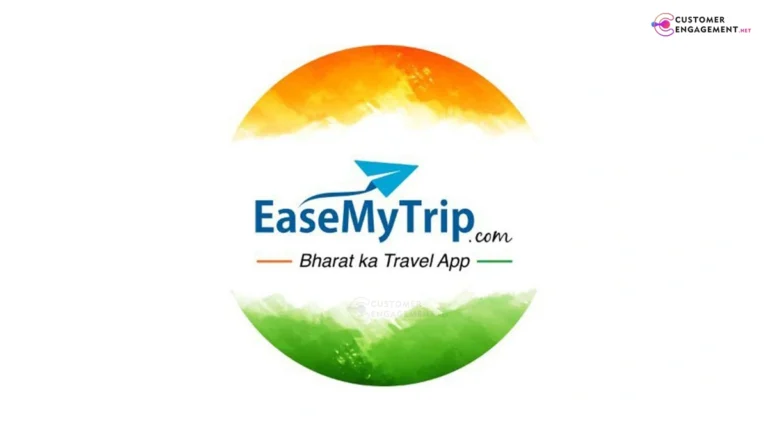
The impact of generative AI on content creation in 2025 is reshaping how brands communicate, market, and engage online. From rapid production to unprecedented personalization, AI-powered content writing tools are driving both opportunity and disruption for digital marketers.
Efficiency, Scale, and Speed
In 2025, generative AI has significantly sped up the production of content. Content teams can now produce first drafts, marketing copy, social media posts, and even video scripts in a fraction of the time that was previously needed thanks to sophisticated tools like ChatGPT, Jasper, and Copy.ai. Minutes can be used to complete tasks that would otherwise take hours or days, like writing blog posts, email campaigns, or localised content adaptations. This scalability lowers operating costs and human labour while enabling businesses to meet the high volume demands of multi-channel campaigns and digital marketing.
Customisation and Uniformity
By evaluating behavioural data and forecasting preferences, AI-powered solutions are excellent at customising content for particular audiences. This enables the mass automation of recommendations, product descriptions, and customised email campaigns. Additionally, generative AI strengthens brand identity by ensuring consistent voice, tone, and style across content even when working in cross-functional teams or producing in large quantities.
Improved Strategic Planning
In addition to assisting with writing, generative AI is now used in tools that evaluate trends, suggest SEO-optimized subjects, and assist in scheduling content according to past data and anticipated audience engagement. As a result, teams are better equipped to decide on the kinds of content, formats, and timing of distribution, maximising engagement and quantifiable results.
Human Ingenuity and Cooperation
The combination of AI’s effectiveness and human creativity is a distinguishing advantage. Humans contribute emotional depth, cultural awareness, narrative flair, and ethical oversight, while AI organises, scales, and streamlines content. The most effective approaches combine the two: humans guarantee authenticity, uniqueness, and brand alignment, while AI manages the data-driven and labour-intensive tasks.
Obstacles and Things to Think About
Quality and Authenticity: AI-generated content occasionally lacks emotional depth, originality, and contextual awareness, running the risk of producing formulaic and generic results that audiences may find less genuine.
Ethical Concerns: Data bias, copyright infringement, and false information (like deepfakes) are serious ethical issues. Organisations using generative content tools must ensure responsible AI use, which includes ethical guidelines, copyright compliance, and clear disclosure.
Job displacement: Content workers may be forced to upskill and concentrate more on strategic and creative duties as a result of automation of repetitive content tasks.
The Prospects for the Future
The generative With AI powering everything from written blogs to video, audio, and design assets, content ecosystems are now completely dependent on it. The biggest impact comes from combining human judgement and creativity with AI’s speed and scale, which allows brands and creators to produce high-quality, impactful content while staying flexible in a constantly changing environment. To maintain engagement and trust, organisations must strike a balance between AI-driven benefits and human values as laws, technology, and audience expectations change..
















